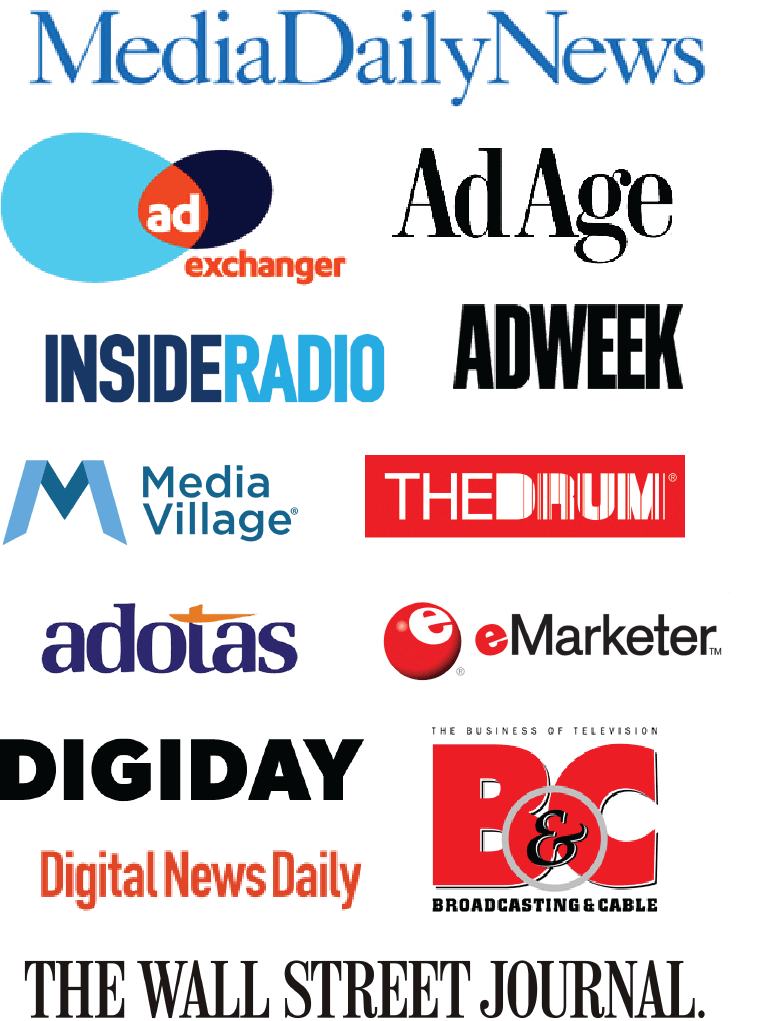The usage of supply path optimization (SPO) among advertisers is up significantly from 2022, as advertisers have started to figure out how best to utilize SPO. They’ve found that it increases efficiency and provides greater transparency, which has also led to an uptick in working directly with a supply-side platform (SSP). In fact, our insights show that 58% of advertisers are currently using or are planning on adopting this approach. Additionally, one in three (37%) see direct-to-SSP relationships as positively impacting their DSP partnerships, and two in five say direct SSP access does not affect their relationship with the DSP.
On the other side, two in five publishers are working with an outside DSP, with a quarter planning to partner directly with an outside DSP in the next six months. Publishers cited access to more demand and increased efficiency as the biggest benefits to these partnerships.
So, what does this mean for the industry at large?
For advertisers, working directly with SSPs—like working directly with publishers—can be a more direct way to access inventory and can potentially involve access to more data and insights than would be otherwise available in programmatic markets. However, it remains important to consider the place of DSPs in terms of overall campaign management, from planning and buying through to reporting and attribution. And the job of DSPs is to get advertisers the best deal on paid media—whereas the job of SSPs is to maximize yield for advertisers’ counterparties.
For publishers, it’s important to keep up with trends in how advertisers are accessing media inventory and to be prepared to work with them efficiently. However, DSPs that have begun to work more directly with publishers are generally upfront about the fact that their key stakeholders are advertisers and their key business is getting advertisers the best deal on media spend—and that they won’t be specializing in yield optimization for publishers. SSPs will remain important to publisher success—and they’re innovating here as well, forming more direct connections to advertisers so they can become even more valuable to publishers.
Lastly, for ad tech providers, it’s important they provide transparency to both existing clients and those that have traditionally been on “the other side” of transactions, about the reasoning behind expanded offerings as well as what you’re bringing to the table for all parties involved. Both advertisers and publishers are looking for efficiencies and better ways of doing business, but one of the biggest things standing in the way of these efforts continues to be a lack of transparency and ability to fully understand what value each partner is bringing to the table, and at what cost.
Nicole Perrin is SVP Business Intelligence at Advertiser Perceptions

